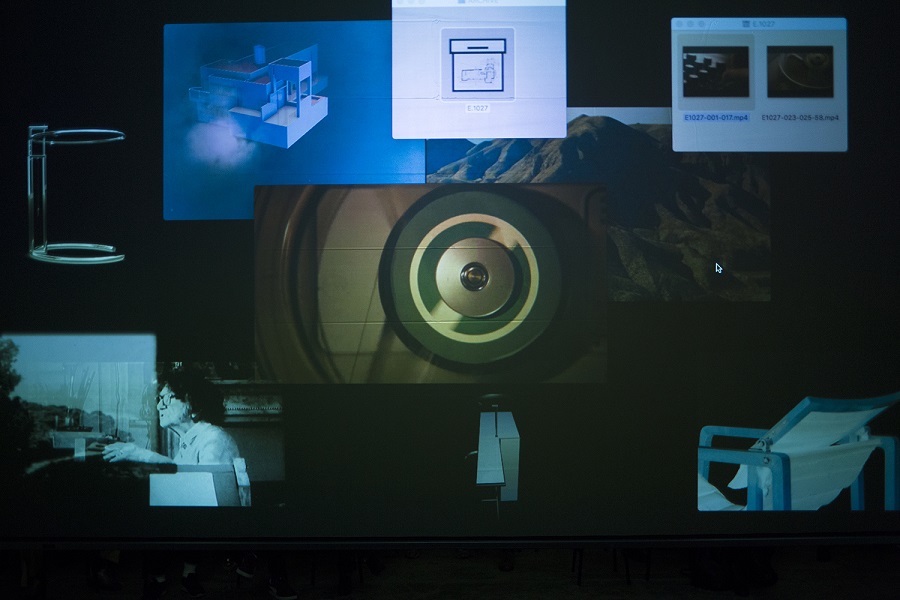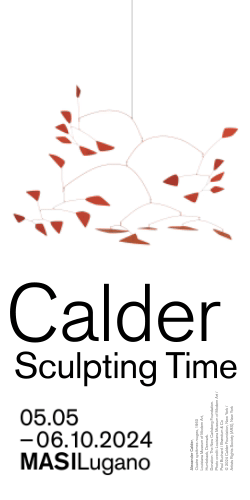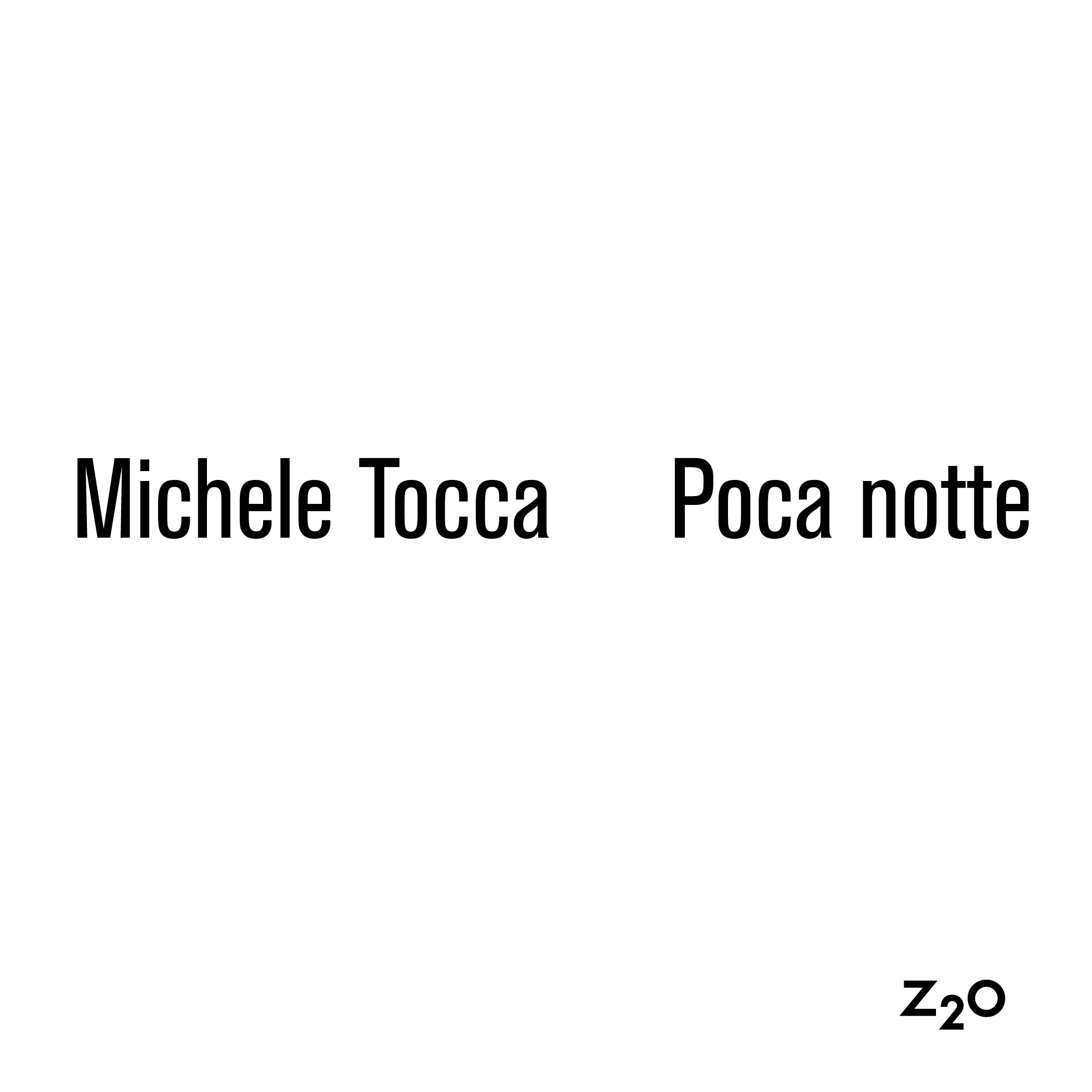
Dal 2 al 5 novembre si è tenuta a Torino, negli ambienti di Palazzo Saluzzo Paesana, DAMA: una “grande esposizione” cui hanno partecipato 12 gallerie tra italiane e straniere. João Laia è stato il curatore del LIVE PROGRAM “Smoke and Mirrors”, che ha visto la presentazione di video e performance di Anna Franceschini, Diogo Evangelista, Guan Xiao, Laure Prouvost, Sam Smith e Sasha Litvintseva.
Segue l’intervista di Claudia Santeroni con il curatore —
Claudia Santeroni: You have been the curator of the LIVE PROGRAM for DAMA; in the guest list there were Sam Smith, Laure Provoust, Diogo Evangelista, Anna Franceschini, Guan Xiao, some of the artists that attended the most important contemporary art events of the last years and that are also included in your exhibition named Hybridize or Disappear. Could you tell us how you conceived the project?
João Laia: Smoke and Mirrors (the title of the live programme at DAMA) was conceived as a living platform, everyday presenting a different artist and a different displaying mechanism of time-based media. Because of its location (right at the entrance / exit of the fair), it functioned as a introduction and closure to the experience of the fair. And I hope it contribute to question established notions of what a fair can do / be.
CS: When curating was a “critique exercise”, curators used to have their own team of artists; now the artists are called from time to time depending on the theme of the exhibition. Do you believe in a system where you can call cyclically the same artists and create e some shared path between the artist and the curator?
JL: I would say there are multiple overlapping curatorial positions today. From my point of view I do consider that in line with my research I do have a group of artists that re-appear in my projects and with which I share a number of interests. All of the artists included in Smoke and Mirrors have collaborated with me in previous projects.
CS: The question about the relationship between the representation systems and the social structuring is still the focus of your curatorial practice? I f so , in what way does it emerge in your DAMA live Program?
JL: I do consider the mutual relationship between representation and society a key aspect of our time and so most if not all of my projects attempt to comment on it. Smoke and Mirrors was a platform to consider our current condition. It looked into our mental and sensorial disorientation in a world in permanent flux and reconfiguration. Recent technological developments emerging out of the digital turn have deeply impacted the way we engage with our surroundings by establishing a heterogeneous regime of representation made out of a multitude of windows-perspectives. The artists included in this programme probe into this context analysing different layers of the representational mode that currently defines our life; smoke and mirrors used as references to transparency and opaqueness, a paradoxal relationship which structures our contemporary condition.

CS: DAMA takes place in a noble palace in Turin city centre; for every gallery there’s just one room. Does this format influence the planning of your program? If so, how?
JL: Smoke and Mirrors was developed autonomously regarding the commercial core of DAMA. The setting even if in the same palace was much more neutral than the rooms used by the galleries and so I was free to explore a kind of white canvas. At the same time the programe was part of a larger context which I used as a reference point not so much to discuss the commercial field but rather as an opportunity to engage with a framework somewhat different from an institution. In this sense I was quite happy to insert this proposal into a fair context, if not necessarily working along the same lines.
CS: In your opinion, why for decades has taken hold the trend to organize exhibitions in some unusual places like this one ?
JL: I can’t really answer this question as the setting was already selected when I joined the project. In general terms I guess maybe there is an interest to explore different contexts in terms of the white cube of institutions and fairs as an attempt to create new formats of engagement.
CS: Which are the exhibitions that most influenced you since you started to be a curator?
JL: References change in time so I don’t really want to name any specific projects. In general terms I am interested in projects that are able to create a discurse not only by displaying different works in time and space but also, and quite importantly, by creating an overall experience which is not only rational but also emotional and physical.
CS: DAMA is closed and now we can say it: the LIVE PROGRAM was great. How important is for you the feedback from the public?
JL: Thank you. Feedback is priceless. And I would love to have more.














